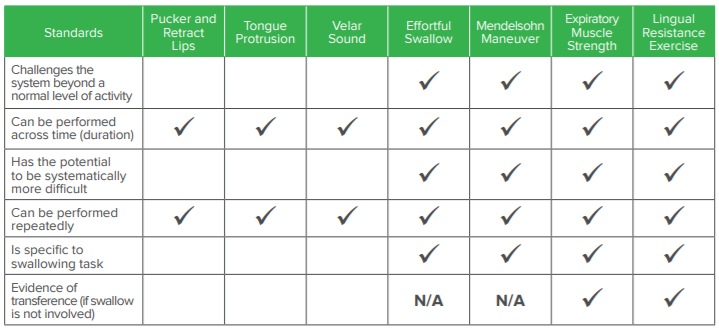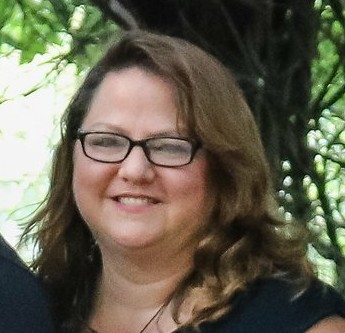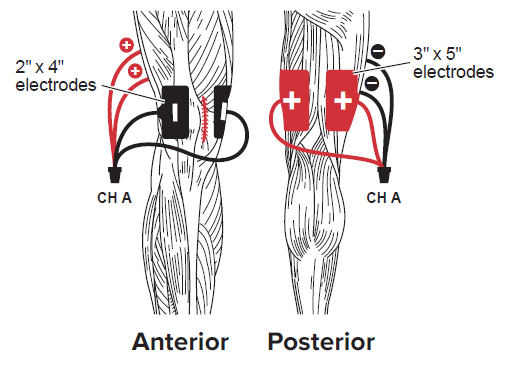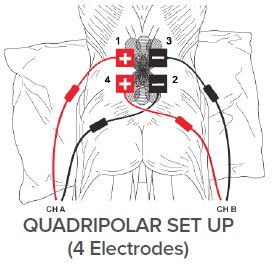Patient Information: Female, Age 86
Diagnosis: Right Shoulder Fracture / Shoulder Pain
History: This woman fell at her home in an assisted living facility, resulting in a fracture of her
right shoulder. She was evaluated and treated in the emergency room and returned home with an immobilizer to limit the movement of her shoulder. After six weeks of right shoulder immobilization, she was referred to outpatient therapy. Prior to her fall she lived in an assisted living facility and was independent with dressing, eating, and bathing.





